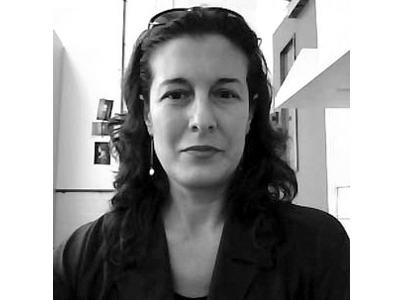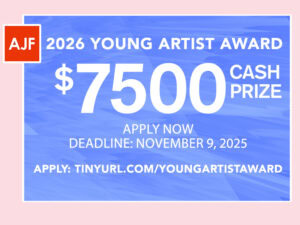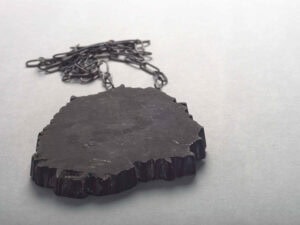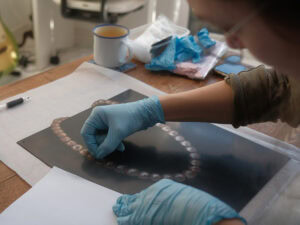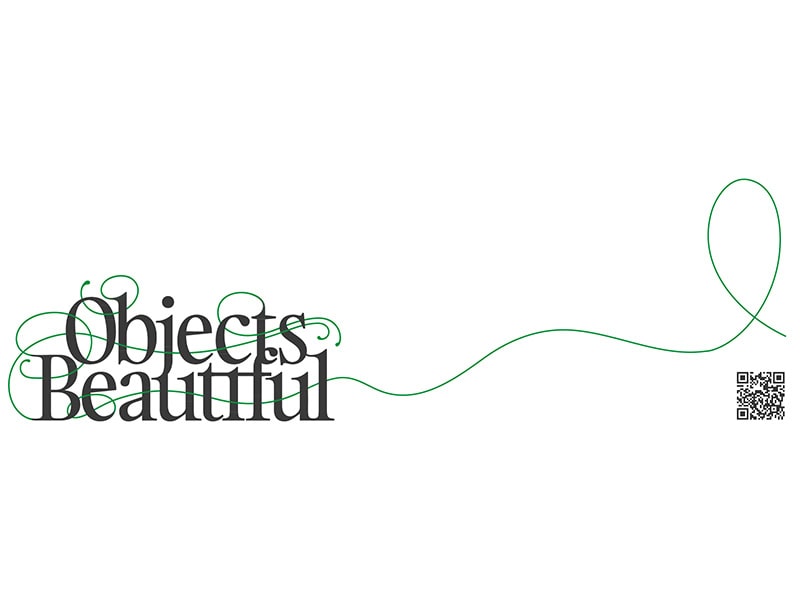
Roberta Bernabei: Your background is fascinating. From studying Biology to earning a PhD in Architecture (by design) from RMIT Melbourne, and then making a radical career change in December 2022, when you decided to embark on independent curatorial work merging Fine Art and Applied Art. This gave birth to Objects Beautiful in April 2023—a flexible new exhibition space showing a core collection for sale, running events and debates, all focused on the pursuit of beauty across a multidisciplinary range of visual and craft arts.
I see obvious relationships between Architecture, Fine Art, and Applied Art, but I’m curious: what led you to study Biology initially, and what inspired the move to Architecture?
Yael Reisner: Since I was very young, I had always admired beautiful objects and adored the new look of things. I believe I was born with a sensitive eye. There is a famous Hebrew saying that still sings in my ears: don’t look at the vase, but at its content, which finds its parallel in the English saying, don’t judge a book by its cover, though, not completely parallel, since in the Hebrew expression we use the word Content.
I was blamed for adoring pointless empty vessels, hence, not worth thinking highly of, as opposed to the content, the product of intellectual activity. In my home it was closely allied to ‘gender’ too, in that it could make a point about superficial girls (such as myself) who takes so much interest in appearances.
So, as not to be ‘silly’, ‘shallow’ or ‘girlish’, I went for everything that was ‘brainy’ and ‘boyish’ to prove the opposite of what I thought my loving father would respect. Thus I chose studying maths, chemistry and physics during my high school time. It was intentionally a ‘proof’ that I could be intellectually capable and not just taking delight in subjects of vanity. It gave me a certain satisfaction and raised my self-esteem. That led me to read Natural Sciences. I enjoyed it too, but, I felt deep down that I really craved for the artistic culture and not for the scientific one. I felt that I might be even more inspired by the world of aesthetics and that this would manifest itself through architecture.
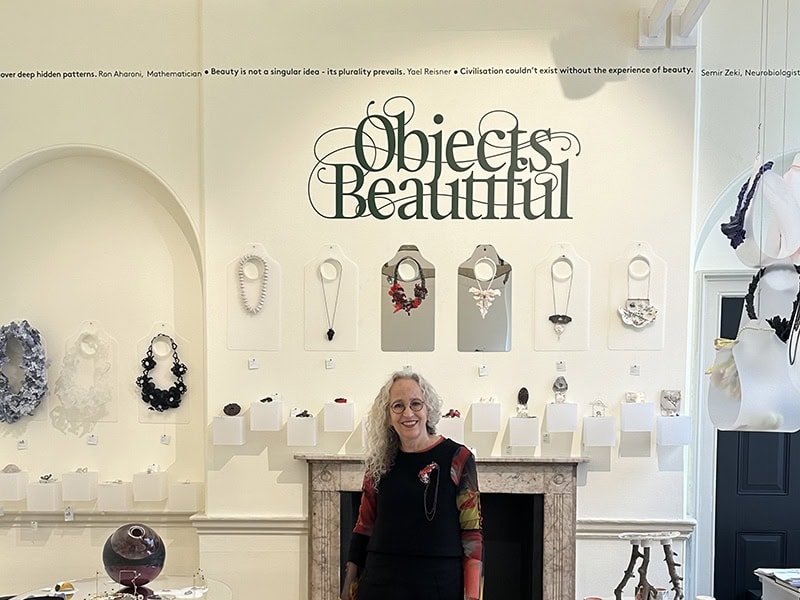
Roberta Bernabei: Please explain your campaign for beauty, and the ethos of Object Beautiful.
Yael Reisner: My very early days of trusting the role of beauty in design were around the late 1990s, while I was teaching architectural design in Greenwich University, as well as at the Bartlett, in UCL. It was clear to me already then that pursuit of beauty is the focus of my architectural design and teaching.
I was genuinely angry with the popularity amongst architects – through 1998 to 2004 – to claim that their architecture had nothing to do with aesthetics, or, the pursuit of beauty, including architects whom I admired for their architectural aesthetics, from Kathryn Findlay (Scottish who lived and work in Japan, at the time), to Glenn Murcutt, (the Australian Prizker Laurette of 2002), just to mention two… Once, around this time, I aired my view to the AD editor then, Magi Toy, who happened to sit next to me during a guest lecturer at the Bartlett, all about this need of so many architects to publicly emphasize the influential contents on their work, while absolutely not driven by aesthetics and beauty.
Since I voiced my view so passionately, Toy suggested me to work towards a book for Wiley, (the publisher), asking influential architects about the relevance of aesthetics to their work. I started interviewing in 2004, and by 2008 sixteen interviews were ready. The book was published in summer 2010, capturing the troubled relationship between Architecture and Beauty, and it supported my arguments as a witnessing document through my PhD research submitted in 2009, at RMIT, Australia.
Until the 20th C. the pursuit of beauty was pre-eminent for thousands of years, leading the arts triumphantly. Yet, the latter part of the 20C saw many artists and designers associating beauty with shallowness and old world, non-progressive values; a cultural bias expressed not only in the architectural world but also in the arts, politics, psychology, sociology, philosophy, literature, poetry, and music. Yet, the emotional experience of beauty has remained real with people referring to it on a daily basis, and that was undermined.
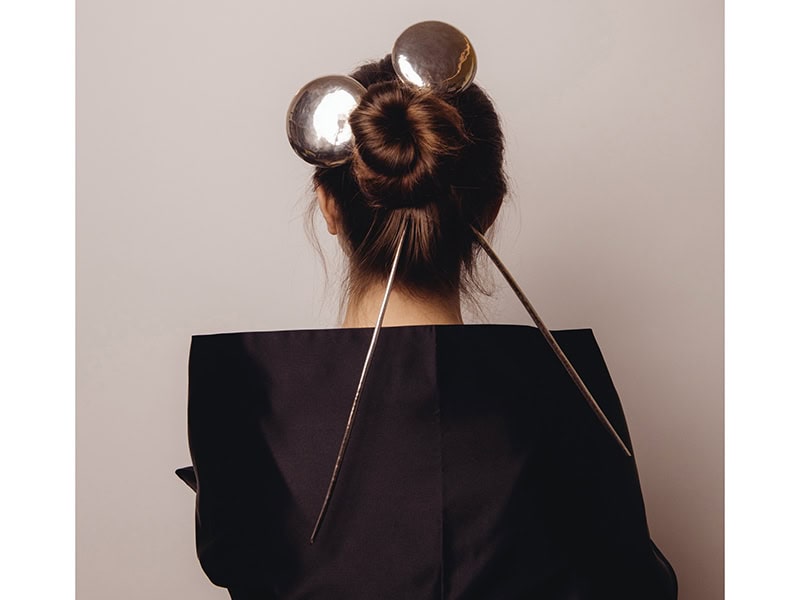
It seems that 80 years of neglect have reduced artists’ ability to explore the real depth of beauty. When asked to describe beauty in the arts, most refer to the Renaissance ideal of perfection, and some to an elegant line or form, without reference to beauty’s much deeper, diverse, and enigmatic characteristics.
Thus, my further research – between 2014 and 2018 – aimed at clarifying why beauty matters anew. The only disciplines that have been acknowledging beauty’s power, through the 20th century were mathematics, neuroscience, and philosophy, which have consequently contributed the most in recent times to our understanding of Beauty’s relevance to human life and knowledge.
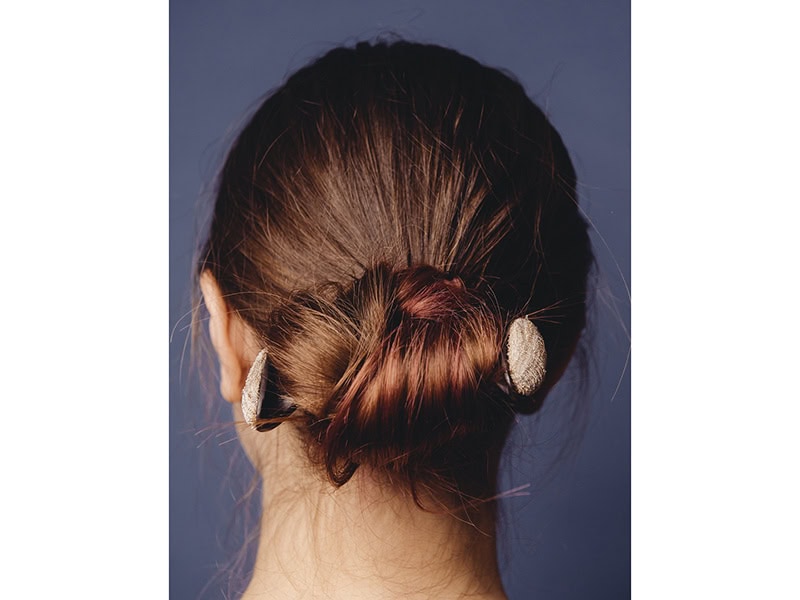
Though seeing was revealed as a system leading from the eye’s retina to specific large part of the brain which is responsible for seeing, judging, and interpreting, no one could define the experience of beauty in simple terms. All things we experience as beautiful – like a vase, a carpet, sunset in nature, a painting, a brooch, etc.- have no single defining particular. It was only in 2011, that the neuroscientist Semir Zeki – a world expert on the human experience of beauty – identified a set of characteristics that defines beauty, located in our brain, not in the work of art, or, in nature, as previously thought. When we look at things we consider beautiful, activity in the reward and pleasure centre of the emotional brain increases immediately, and the intensity of this experience can be even measured. The conclusion was that a daily pleasure of beauty is a serious matter of health; humans could not exist without experiencing Beauty daily and often!
The philosopher Immanuel Kant described beauty as “purposefulness without purpose”, though for the living American philosopher, Graham Harman – who has championed the role of aesthetics in leading current philosophical discourse – as for Zeki, usefulness is no obstacle to architecture, or, design, being art. Harman dismisses the problematics of architecture “as art for use”, advocating the importance of aestheticizing usefulness, “Rather than just design a staircase, a good architect can use a staircase to communicate beyond the literal, as the exact flavour of wine cannot be paraphrased in terms of the chemical equation that describes it”, which could applied to any art for use. This is a huge shift after more than 200 years of Kant’s influence.

The very process of anesthetization in design, or, art, while refining and varying all parts until fused into a coherent whole, the moment that evokes the sensory experience of beauty is when everything falls into place, a moment that good artists recognise, just as what mathematicians – who never stop believing in beauty – report about their process of developing a new theory, or, an important equation.
My strong belief is that beauty is not a singular idea: its plurality prevails, and the diversity reflects on the complexities of contemporary experiences.
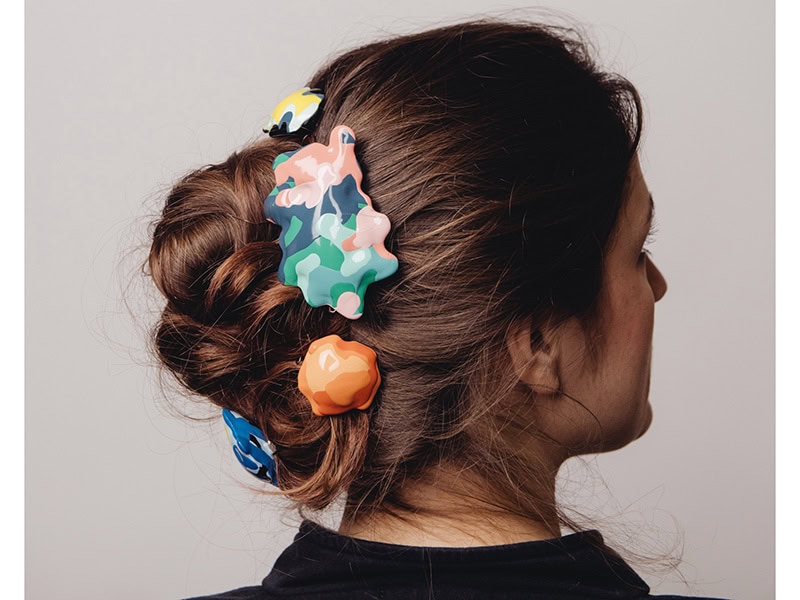
Your ethos of including all disciplines—fine art, photography, jewelry, etc.—is admirable and brave, especially given the long-standing debate and historical separation between them. When we talk about jewelry, there are noticeable differences between works by artist-jewelers and fine artists, such as Man Ray, the Pomodoro brothers, Niki de Saint Phalle, and Anish Kapoor. For example, scale and size are immediate distinctions, but sometimes intention differs too. How do you view these differences?
Yael Reisner: What encouraged me to keep the few disciplines along each other at the collection of Objects Beautiful was my belief, evolved through my numerous conversations with the neuroscientist Semir Zeki, in UCL, along reading his books and scientific articles, where he explained how great artists have this incredible ability to arrive at beauty.
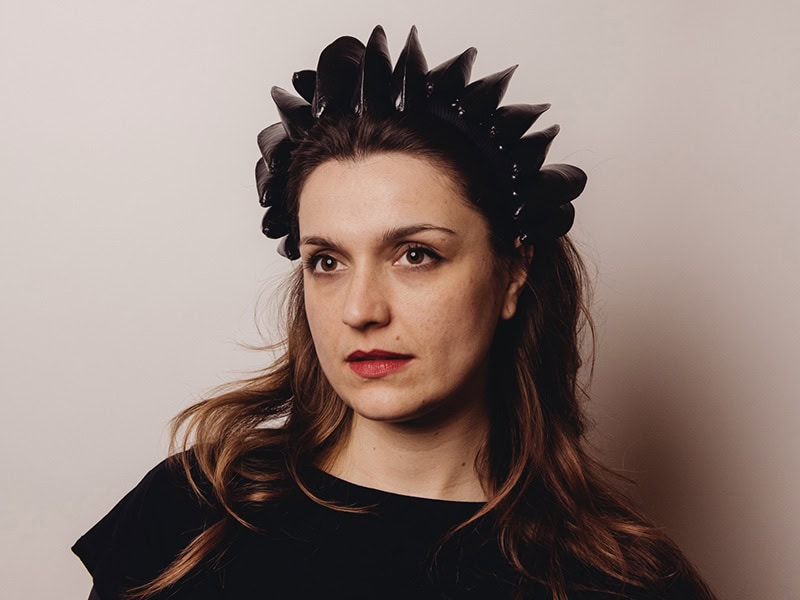
Having that in mind, it is actually highly enjoyable, and not that brave, or, risky, to select good artists and focus at their most beautiful work, if paintings, or photography, architectural material, textile-art and art-jewellery. Beauty is a hugely trustable sift for selecting art work since when work is exquisitely beautiful most people agree on that… I believe I’m an expert at selecting beautiful work. As it happened, Objects Beautiful’s art-jewellery collection is by far larger, but, in time, I believe, other disciplines we collect will grow.

Describe the most exciting exhibitions or events you’ve organized so far, and why.
Yael Reisner: My most exciting curated exhibition at Objects Beautiful was Rocks & Locks – in February – March 2025, at Collect, London, and at Schmuck in Frame, Munich – created enthusiastically by 34 talented jewellers, who brought back hair jewellery to its enchanting old existence, some pieces are celebratory, some for a daily beauty experience, and some for noting romance. I came with the idea since hair-jewellery is associated with romance, and sexuality from the ancient world until 19th century, yet, turned a forgotten category for almost 100 years, due, perhaps, to societies turning democracies, when tiaras became associated with monarchy, and commercial hair accessories turned practical and highly popular. The collection is large and diverse in style, language, and materials, and gorgeously beautiful.

The opinions expressed here are the interviewee’s alone, and do not necessarily express those of AJF.
We welcome your comments on our publishing, and will publish letters that engage with our articles in a thoughtful and polite manner. Please submit letters to the editor electronically; do so here. The page on which we publish Letters to the Editor is here.
© 2025 Art Jewelry Forum. All rights reserved. Content may not be reproduced in whole or in part without permission. For reprint permission, contact info (at) artjewelryforum (dot) org
